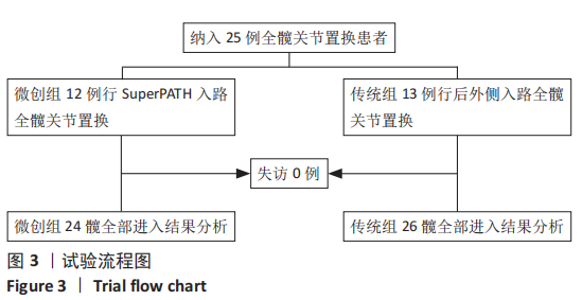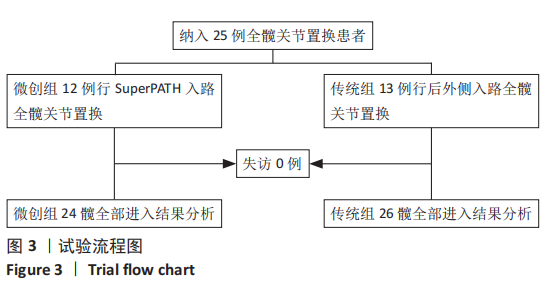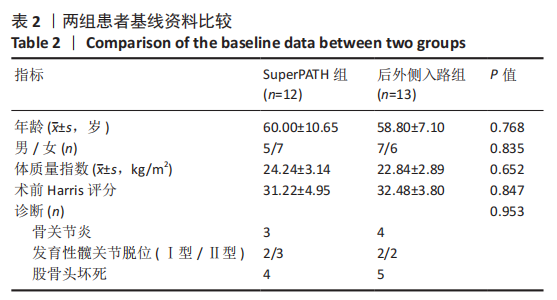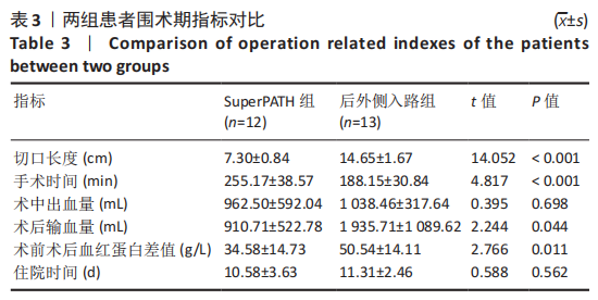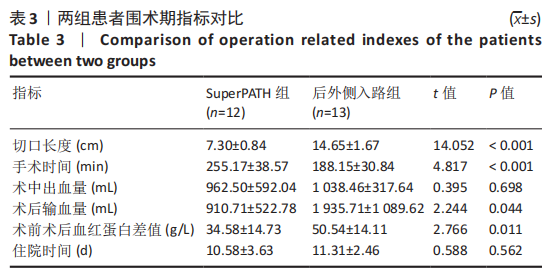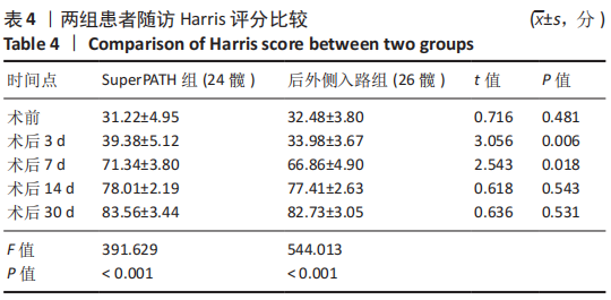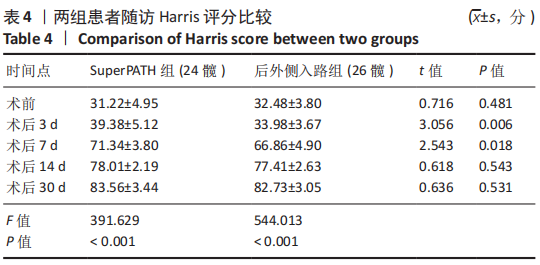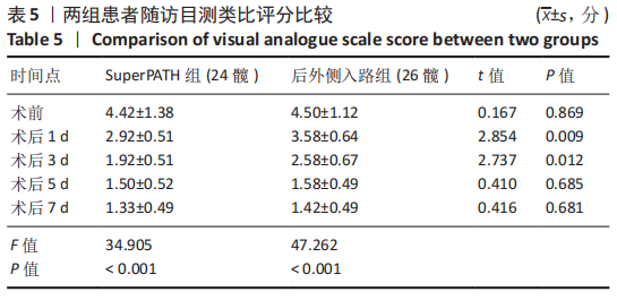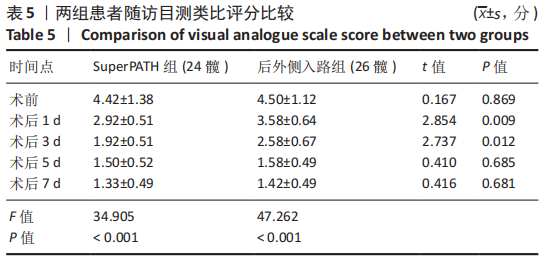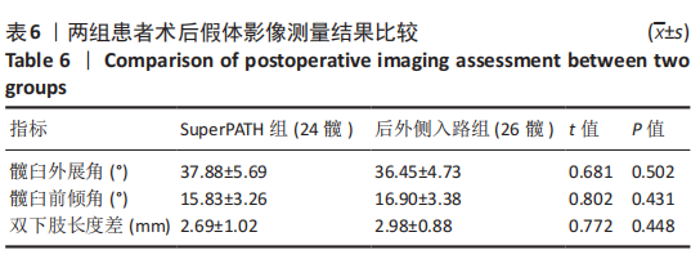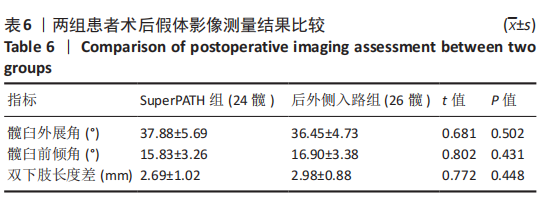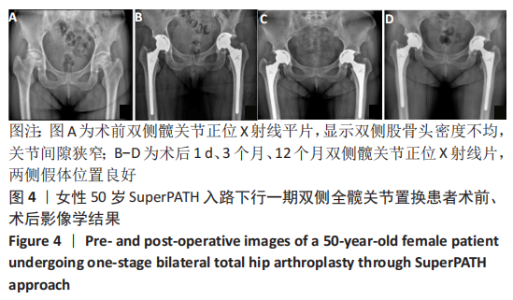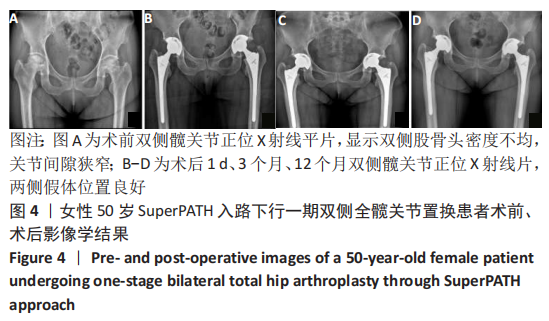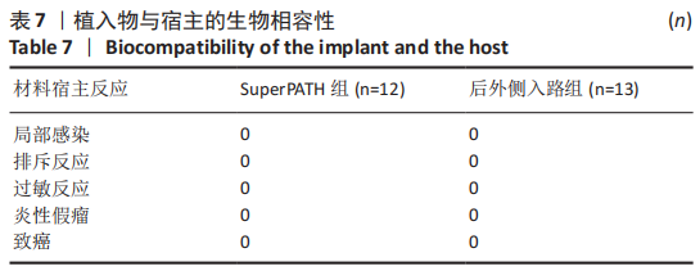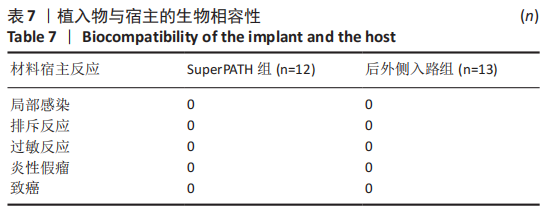[1] AGGARWAL VK, ELBULUK A, DUNDON J, et al. Surgical approach significantly affects the complication rates associated with total hip arthroplasty. Bone Joint J. 2019;101-b(6):646-651.
[2] GRAVES SC, DROPKIN BM, KEENEY BJ, et al. Does Surgical Approach Affect Patient-reported Function After Primary THA? Clin Orthop Relat Res. 2016; 474(4):971-981.
[3] MILLER LE, GONDUSKY JS, KAMATH AF, et al. Influence of surgical approach on complication risk in primary total hip arthroplasty. Acta Orthop. 2018;89(3): 289-294.
[4] NAM D, NUNLEY RM, CLOHISY JC, et al. Does patient-reported perception of pain differ based on surgical approach in total hip arthroplasty? Bone Joint J. 2019;101-b(6_Supple_B):31-36.
[5] AGGARWAL VK, IORIO R, ZUCKERMAN JD, et al. Surgical Approaches for Primary Total Hip Arthroplasty from Charnley to Now: The Quest for the Best Approach. JBJS Rev. 2020;8(1):e0058.
[6] FLEISCHMAN AN, TARABICHI M, MAGNER Z, et al. Mechanical Complications Following Total Hip Arthroplasty Based on Surgical Approach: A Large, Single-Institution Cohort Study. J Arthroplasty. 2019;34(6):1255-1260.
[7] CHOW J, PENENBERG B, MURPHY S. Modified micro-superior percutaneously-assisted total hip: early experiences & case reports. Curr Rev Musculoskelet Med. 2011;4(3):146-150.
[8] 吴铭洲,李荣群,周军, 等.微创SuperCap入路与传统后外侧入路行人工股骨头置换:早期效果比较[J].中国组织工程研究,2019,23(32):5103-5109.
[9] WANG XD, LAN H, HU ZX, et al. SuperPATH Minimally Invasive Approach to Total Hip Arthroplasty of Femoral Neck Fractures in the Elderly: Preliminary Clinical Results. Orthop Surg. 2020;12(1):74-85.
[10] ZIJLSTRA WP, DE HARTOG B, VAN STEENBERGEN LN, et al. Effect of femoral head size and surgical approach on risk of revision for dislocation after total hip arthroplasty. Acta Orthop. 2017;88(4):395-401.
[11] CARDENAS-NYLANDER C, BELLOTTI V, ASTARITA E, et al. Innovative approach in total hip arthroplasty: supercapsular percutaneously-assisted. Hip Int. 2016;26 Suppl 1:34-37.
[12] DELLA TORRE PK, FITCH DA, CHOW JC. Supercapsular percutaneously-assisted total hip arthroplasty: radiographic outcomes and surgical technique. Ann Transl Med. 2015;3(13):180.
[13] JIANBO J, YING J, XINXIN L, et al. Hip hemiarthroplasty for senile femoral neck fractures: Minimally invasive SuperPath approach versus traditional posterior approach. Injury. 2019;50(8):1452-1459.
[14] GOFTON W, FITCH DA. In-hospital cost comparison between the standard lateral and supercapsular percutaneously-assisted total hip surgical techniques for total hip replacement. Int Orthop. 2016;40(3):481-485.
[15] LEROY TE, HAYDEN BL, DESMARAIS J, et al. Early Outcome Comparison of the Posterior Approach and the Superior Approach for Primary Total Hip Arthroplasty. Arthroplast Today. 2020;6(3):508-512.
[16] TAN Z, CAO G, WANG G, et al. Total hospital cost, length of stay, and complications between simultaneous and staged bilateral total hip arthroplasty: A nationwide retrospective cohort study in China. Medicine (Baltimore). 2019;98(11):e14687.
[17] SWANSON KC, VALLE AG, SALVATI EA, et al. Perioperative morbidity after single-stage bilateral total hip arthroplasty: a matched control study. Clin Orthop Relat Res. 2006;451:140-145.
[18] HOUDEK MT, WYLES CC, WATTS CD, et al. Single-Anesthetic Versus Staged Bilateral Total Hip Arthroplasty: A Matched Cohort Study. J Bone Joint Surg Am. 2017;99(1):48-54.
[19] SHAO H, CHEN CL, MALTENFORT MG, et al. Bilateral Total Hip Arthroplasty: 1-Stage or 2-Stage? A Meta-Analysis. J Arthroplasty. 2017;32(2):689-695.
[20] XU K, ANWAIER D, HE R, et al. Hidden blood loss after hip hemiarthroplasty using the superPATH approach: A retrospective study. Injury. 2019;50(12): 2282-2286.
[21] WILLS BW, SHEPPARD ED, SMITH WR, et al. Impact of operative time on early joint infection and deep vein thrombosis in primary total hip arthroplasty. Orthop Traumatol Surg Res. 2018;104(4):445-448.
[22] XIE J, ZHANG H, WANG L, et al. Comparison of supercapsular percutaneously assisted approach total hip versus conventional posterior approach for total hip arthroplasty: a prospective, randomized controlled trial. J Orthop Surg Res. 2017;12(1):138.
[23] LEWINNEK GE, LEWIS JL, TARR R, et al. Dislocations after total hip-replacement arthroplasties. J Bone Joint Surg Am. 1978;60(2):217-220.
[24] RASULI KJ, GOFTON W. Percutaneously assisted total hip (PATH) and Supercapsular percutaneously assisted total hip (SuperPATH) arthroplasty: learning curves and early outcomes. Ann Transl Med. 2015;3(13):179.
(责任编辑:GD,ZN,ZH)
|
